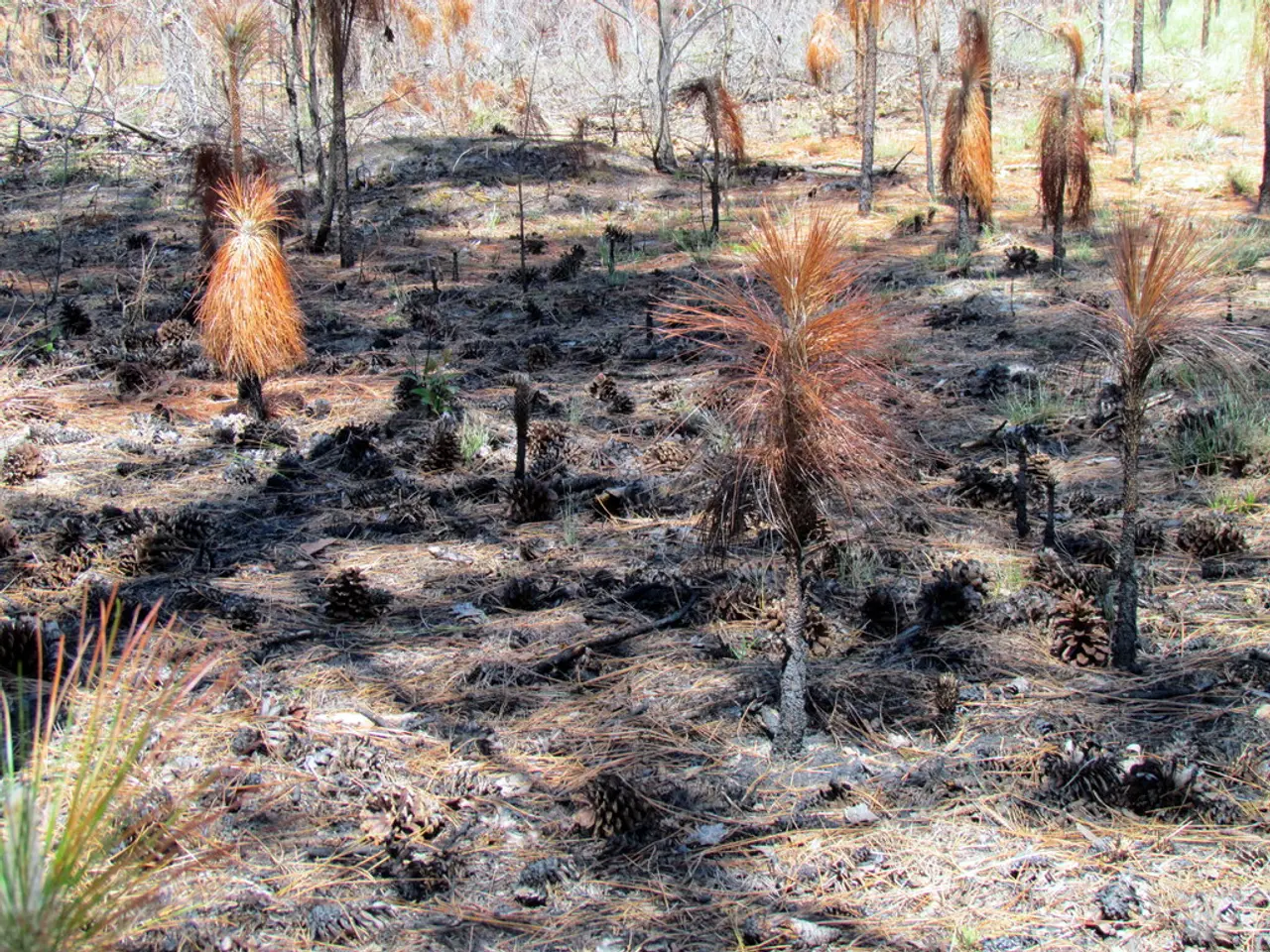EPA Approves New Pesticide Agent: Pyraclonil
The United States Environmental Protection Agency (EPA) has registered two pesticide products containing the active ingredient pyraclonil for controlling weeds in water-seeded rice in California. This decision comes after a comprehensive evaluation of the potential environmental impacts of the pesticide under the Endangered Species Act (ESA).
The EPA's final effects determination found that pyraclonil is likely to adversely affect 12 listed species and 10 critical habitats. However, the applicant's mitigations, as well as the EPA's final biological evaluation, predict that the use of pyraclonil will not result in unreasonable adverse effects to non-target organisms or present a likelihood of jeopardy to listed species.
The registration decision includes measures to protect non-target organisms, including federally threatened and endangered species and their designated critical habitats. The end-use product, registered for pre- and early post-emergence control of grass, sedge, and broadleaf weeds in water-seeded rice in California only, is formulated as a dust-free granule that can be applied aerially to flooded rice paddies.
The applicant has added mitigations to the product labeling, such as a water holding period and practices to prevent water seepage and overspray, to further minimise environmental impacts. The applicant has also revised product labeling to include a requirement to check the Bulletins Live Two! website for geographically-specific user restrictions.
If the Services determine that additional mitigations are necessary, EPA will work with the registrant to ensure that any necessary registration or labeling changes are made. During formal consultation, the Services will use the information from EPA's final biological evaluation to inform their biological opinions and make the final jeopardy/adverse modification findings.
The EPA's human health risk assessment finds no human health risk concerns from the registered uses of pyraclonil. The registration decision furthers the goals outlined in its April 2022 ESA Workplan.
The EPA has initiated formal consultation and shared its findings with the Services regarding the potential adverse effects of pyraclonil on listed species and critical habitats. The registration decision and final biological evaluation for pyraclonil are available in docket EPA-HQ-OPP-2020-0004 at www.regulations.gov.
While pyraclonil is noted to have environmental fate and eco-toxicity data, specific details about its environmental impact are not provided in the available search results. Generally, pesticides like pyraclonil can have various environmental impacts, including water pollution, soil contamination, and biodiversity loss. To determine the specific environmental impacts of pyraclonil, it would be necessary to consult the EPA's detailed biological evaluation or other relevant scientific reports.
The EPA's decision to register pyraclonil, a pesticide used in water-seeded rice in California, is also focused on finance and industry, as the end-use product is formulated for economic use in controlling weeds. In the realm of environmental science, the registration decision includes measures to minimize negative effects on non-target organisms, including federally threatened and endangered species and their critical habitats. However, it's crucial to note that while pesticides like pyraclonil can have various environmental impacts such as water pollution, soil contamination, and biodiversity loss, specific details about its exact environmental impact need to be consulted from the EPA's detailed biological evaluation or other relevant scientific reports. These evaluations are essential for understanding the long-term effects of the use of such pesticides on the environment and its energy consumption.




